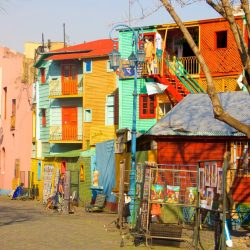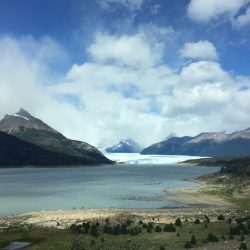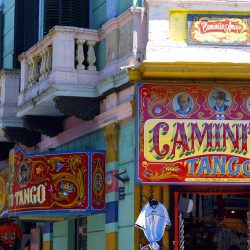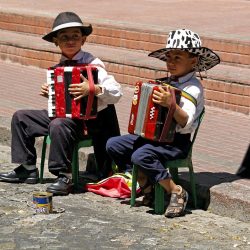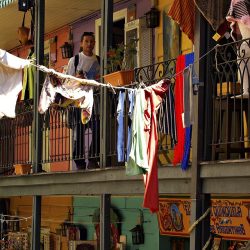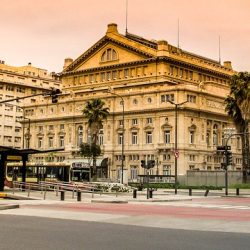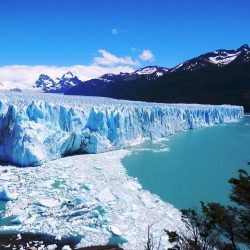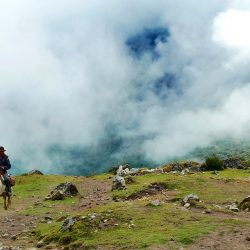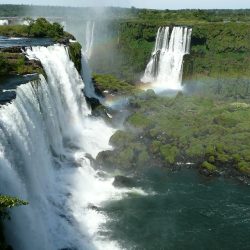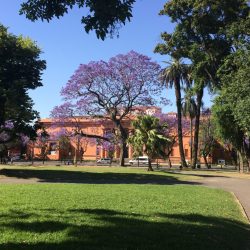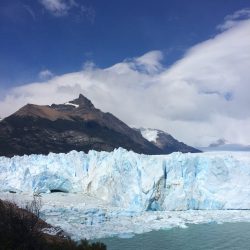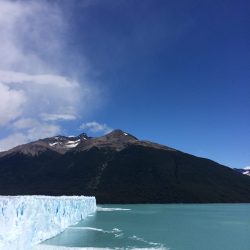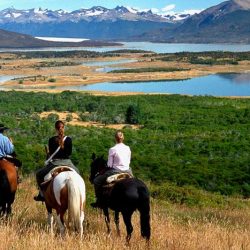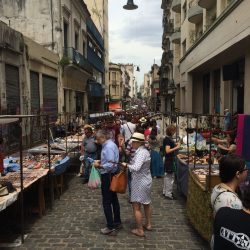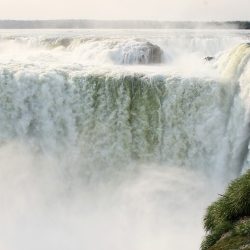The Natural Wonders of Argentina: breathtaking spectacles thanks to water, in all its forms, and to people too. On this trip, you'll discover Argentina's great water basins, from the subtropical north to the southern tip of the Andes, near the majestic Lago Argentino.
In Buenos Aires and Puerto Iguazú, an English-speaking guide will accompany you.
In the south, a succulent Argentinian asado will delight you...
The Natural Wonders of Argentina
Alain Lledo
8 April 2019
I had the great pleasure of making this trip. Two things to share:
Argentina is a country where nature is amazing, contrasting: tropical in the north with the Iguazu Falls which are a wonder of nature, in the south, we find the steppe of Patagonia with its breathtaking glaciers and authentic estancias.
Argentines are very welcoming.
And also, taste the parillas: delicious grilled meats that are a must!
And the organisation?
At the top'! Punctual taxis and buses, friendly French-speaking guides, perfect hotels.
Words are useless, only experience counts: don't hesitate to go there!


